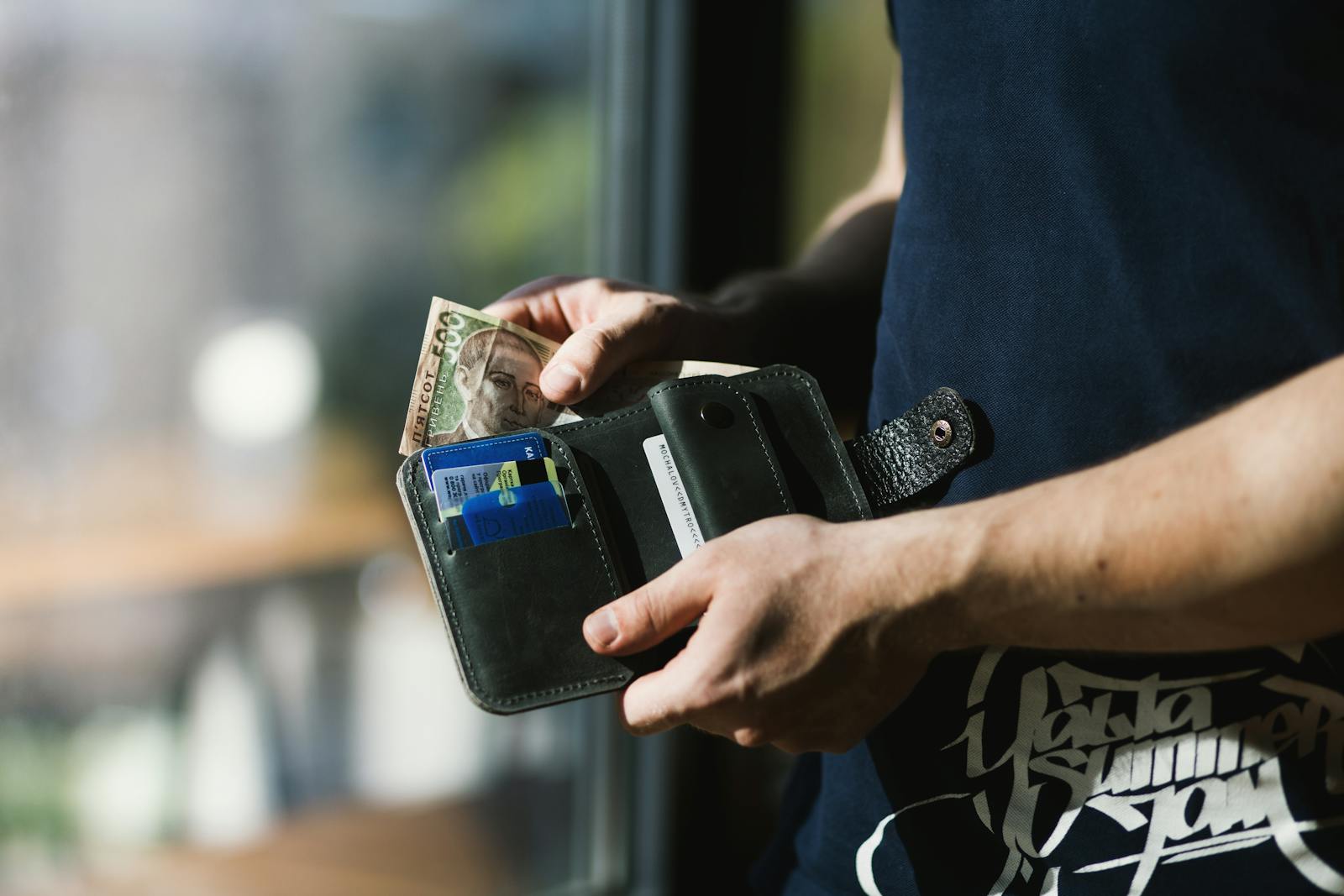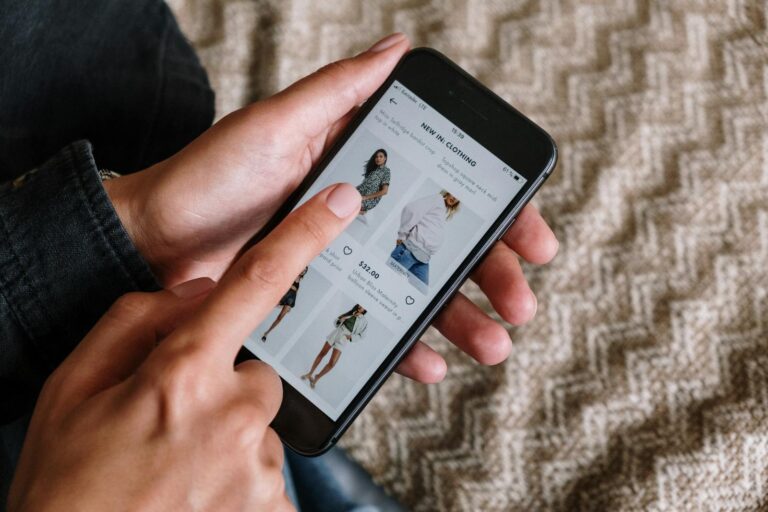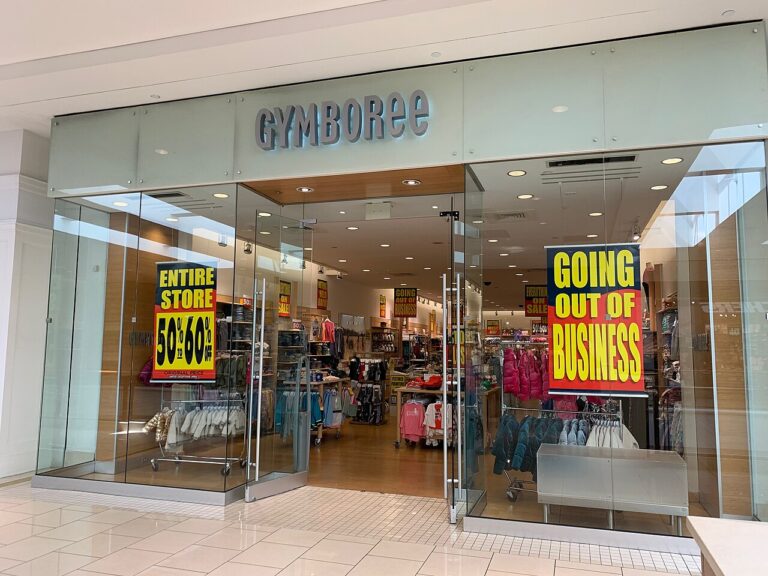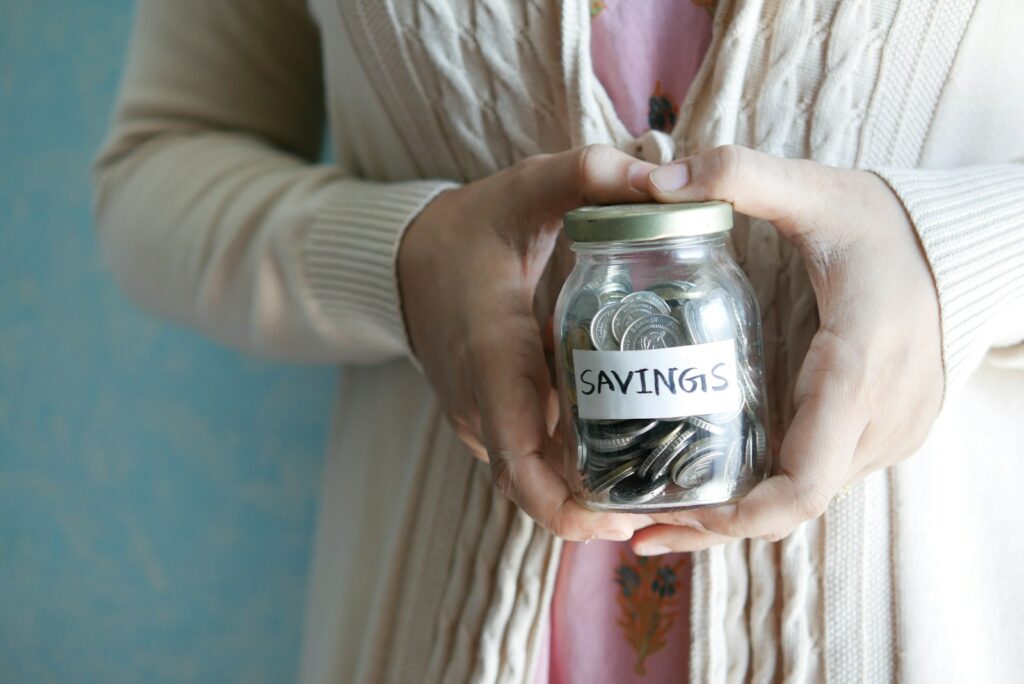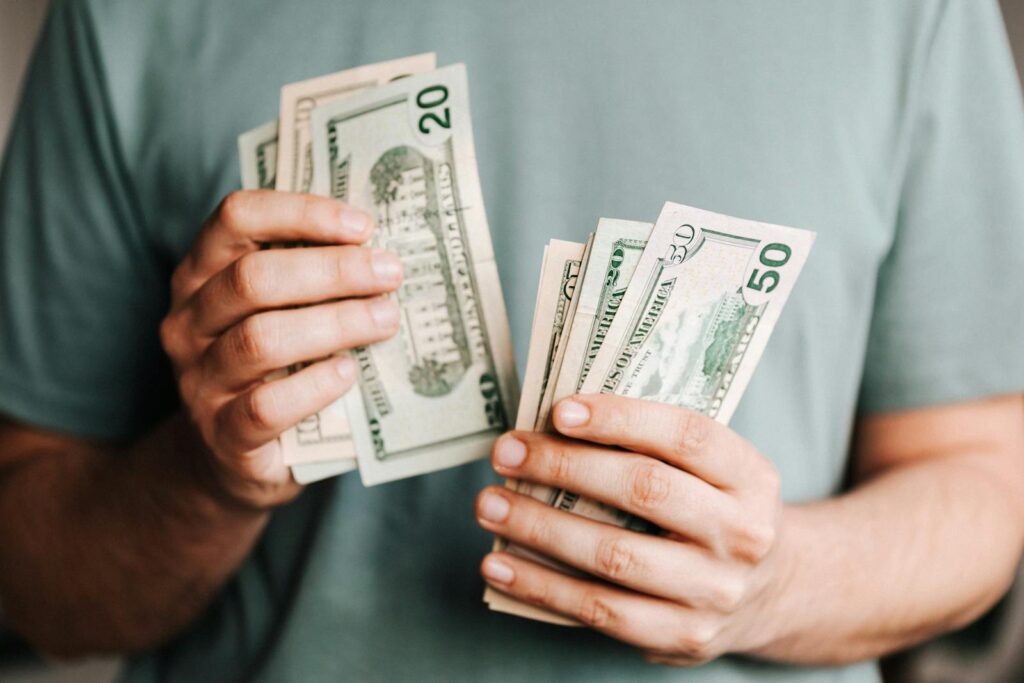The idea sounds simple: stop spending for a month and watch the savings pile up. But when the bills, birthdays, and cravings hit, a “no-spend” month can feel anything but easy.
Still, it’s one of the fastest ways to reset your habits, clear your budget, and take control of your money. So what does a no-spend month really look like—and how do you survive one without giving up halfway through?
What Is a No-Spend Month?
A no-spend month is a personal challenge where you don’t spend money on anything that isn’t absolutely necessary. You still pay rent or your mortgage, utilities, and groceries. But extras—like takeout, new clothes, impulse buys, and streaming rentals—are off-limits.
It’s not about never spending again. It’s about pressing pause on non-essential purchases so you can build awareness, reset habits, and save money fast.
The key to a successful no-spend month is setting clear rules. Everyone’s “essentials” look a little different. Some people keep coffee or pet supplies in the must-have category. Others go ultra-strict.
Ask yourself:
- What counts as essential for me?
- What’s off-limits?
- Are gift cards okay to use?
- Will I allow spending for social events or birthdays?
Write your rules down before day one. That way, you’re not making decisions on the fly or justifying splurges because “it was kind of important.”
You don’t need to hoard groceries, but a little prep helps. Make a meal plan using what’s already in your pantry and freezer. Cancel or pause subscriptions. Tell friends what you’re doing so they don’t tempt you with outings.
If you know you’re low on something like shampoo or laundry detergent, grab it before the month begins. Stocking up on genuine necessities is smarter than breaking your streak on day three.
Week 1: Excitement and Optimism
The first few days feel fresh. You’re motivated, organized, and proud of your plan. You eat at home, skip impulse buys, and maybe even track how much you didn’t spend.
This is a great time to build routines. Pack lunches. Brew your own coffee. Pick up a free hobby like reading or walking. Take note of how often you used to spend without thinking—just for fun, boredom, or convenience.
Week 2: The Cravings Begin
This is where the challenge starts to kick in. Maybe your friends are going out for dinner. Maybe you forgot someone’s birthday. Maybe you’re just bored and want to browse online.
Here’s where your plan matters. Find free alternatives. Invite friends over for a potluck. Write a thoughtful note instead of buying a gift. When cravings hit, don’t ignore them—replace them.
It also helps to remind yourself of your goal. Put a sticky note on your wallet or phone that says “Why am I spending?” That pause can stop a lot of unnecessary purchases.
Week 3: The Temptation Peaks
By now, you’ve cut out most extras. But that doesn’t mean temptation disappears. You might feel a little frustrated, especially if unexpected situations pop up.
Maybe a store has a great sale. Maybe you broke your sunglasses. Maybe you just want something new. At this point, remind yourself: a no-spend month is temporary. Most things can wait.
Keep tracking your progress. Celebrate how far you’ve come. You’ve already gone two weeks longer than most people do without impulse spending. That’s a win.
Week 4: Relief and Reflection
The finish line is in sight. You’ve built new habits, saved money, and learned a lot about your spending triggers. By this week, you’re probably cooking more, shopping less, and thinking twice before buying anything.
You might also notice that you don’t miss some of the things you used to spend on. Maybe you’ve enjoyed staying in. Maybe your stress about money has dropped. That’s the real reward.
Now is the time to ask what habits you want to carry forward. Do you want to continue eating out less? Keep impulse spending on pause? Use cash envelopes for certain categories?
What You Might Learn
People who finish a no-spend month often say they gained more than money. They gained control. They realized how often they spent to feel better, not because they needed anything.
You might learn:
- How much food you already had at home
- How often boredom leads to spending
- That free time doesn’t have to mean shopping
- That budgeting isn’t about missing out—it’s about choosing better
A no-spend month isn’t about punishment. It’s about power. It gives you control over your money, your habits, and your goals. You learn to separate needs from wants, and you prove to yourself that you can save without sacrificing everything.
It might not be perfect. You might slip once or twice. That’s okay. What matters most is that you finish strong and learn along the way.
Give it a try. You might be surprised how much lighter your wallet—and your mindset—feels in just 30 days.
